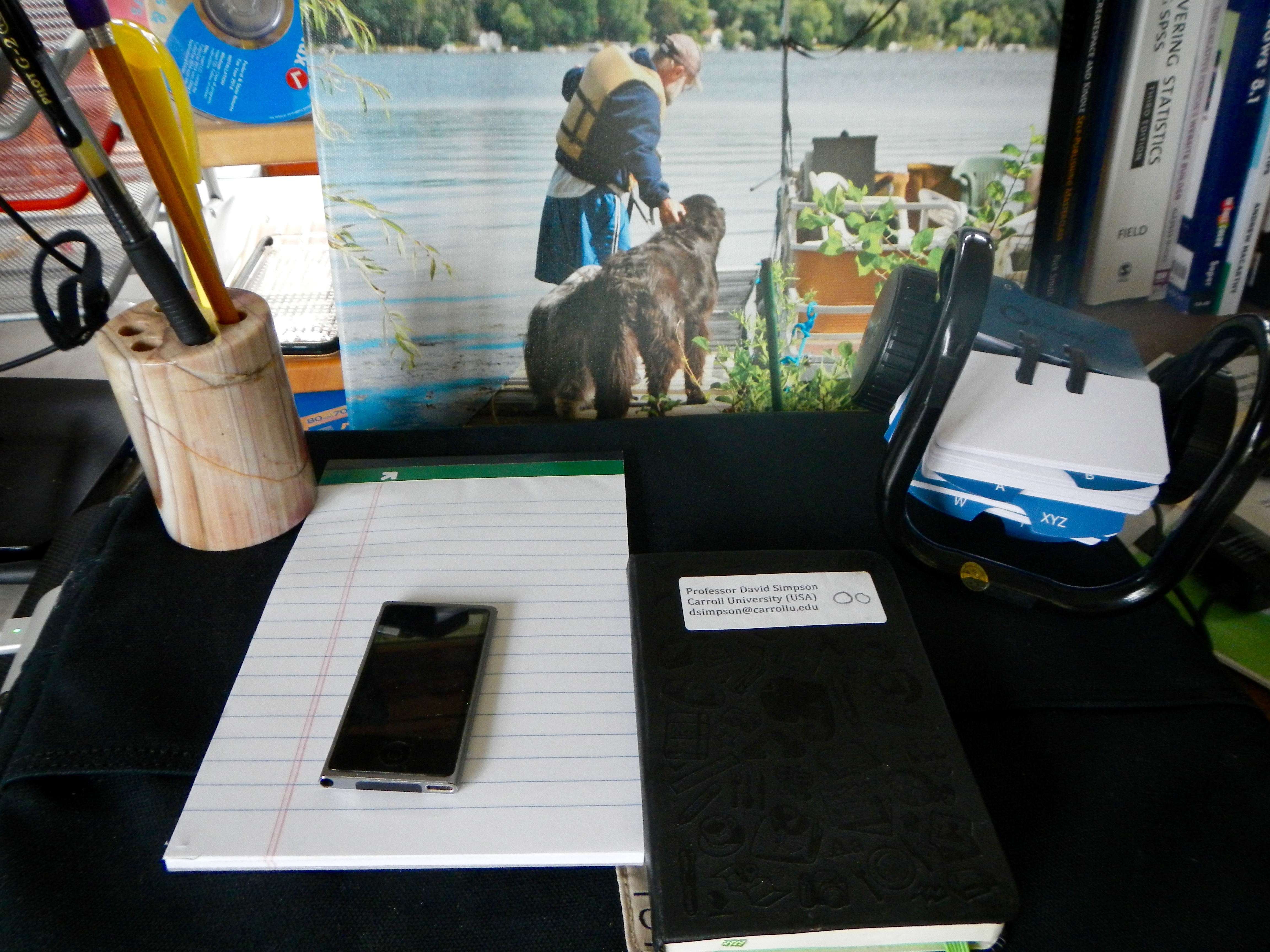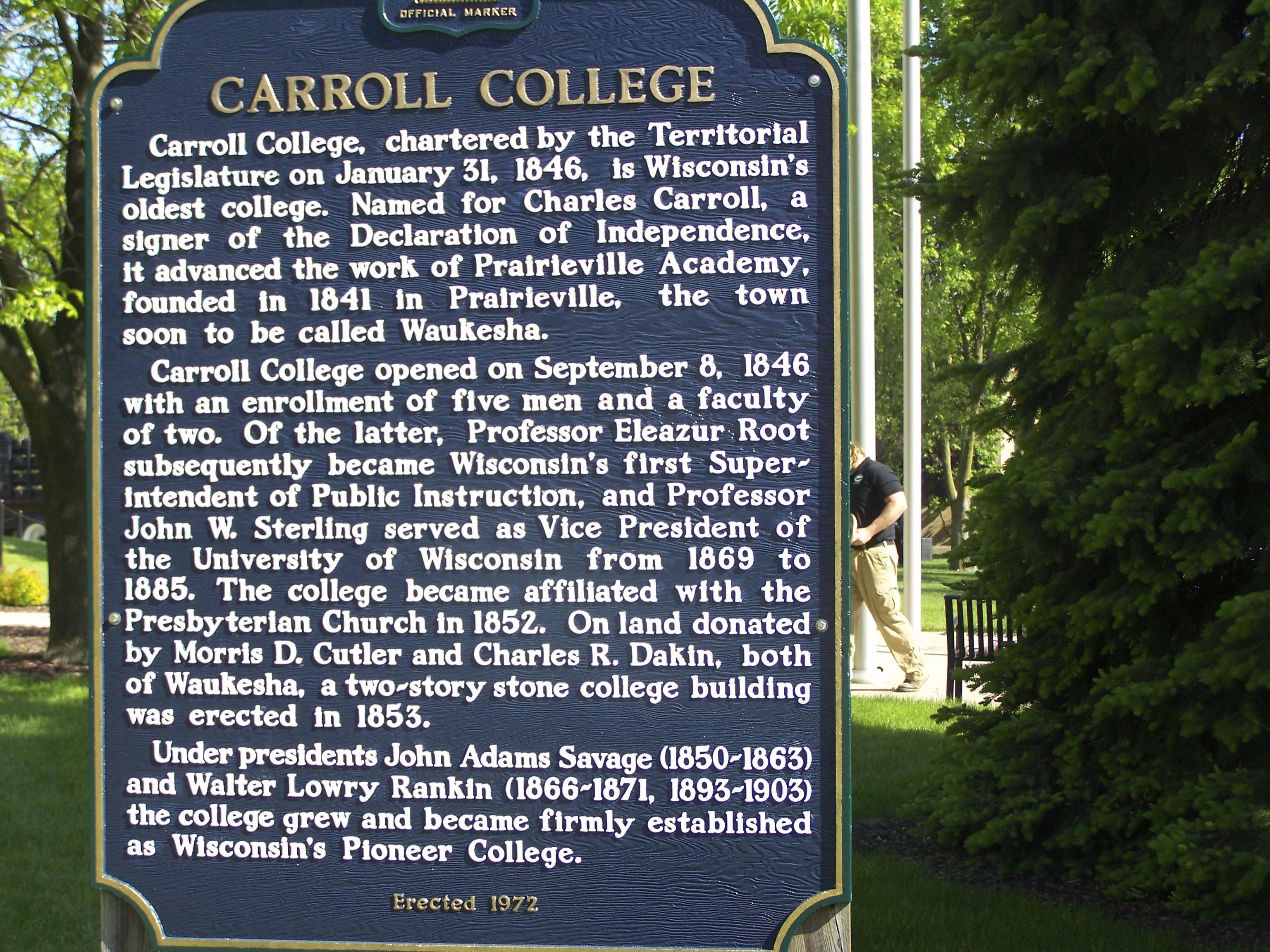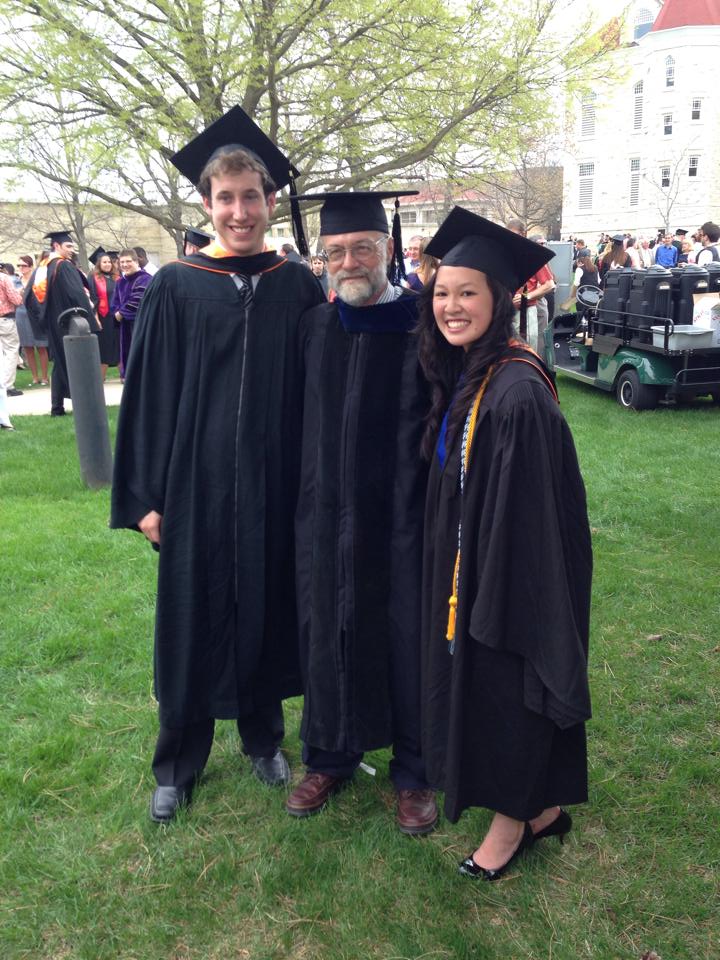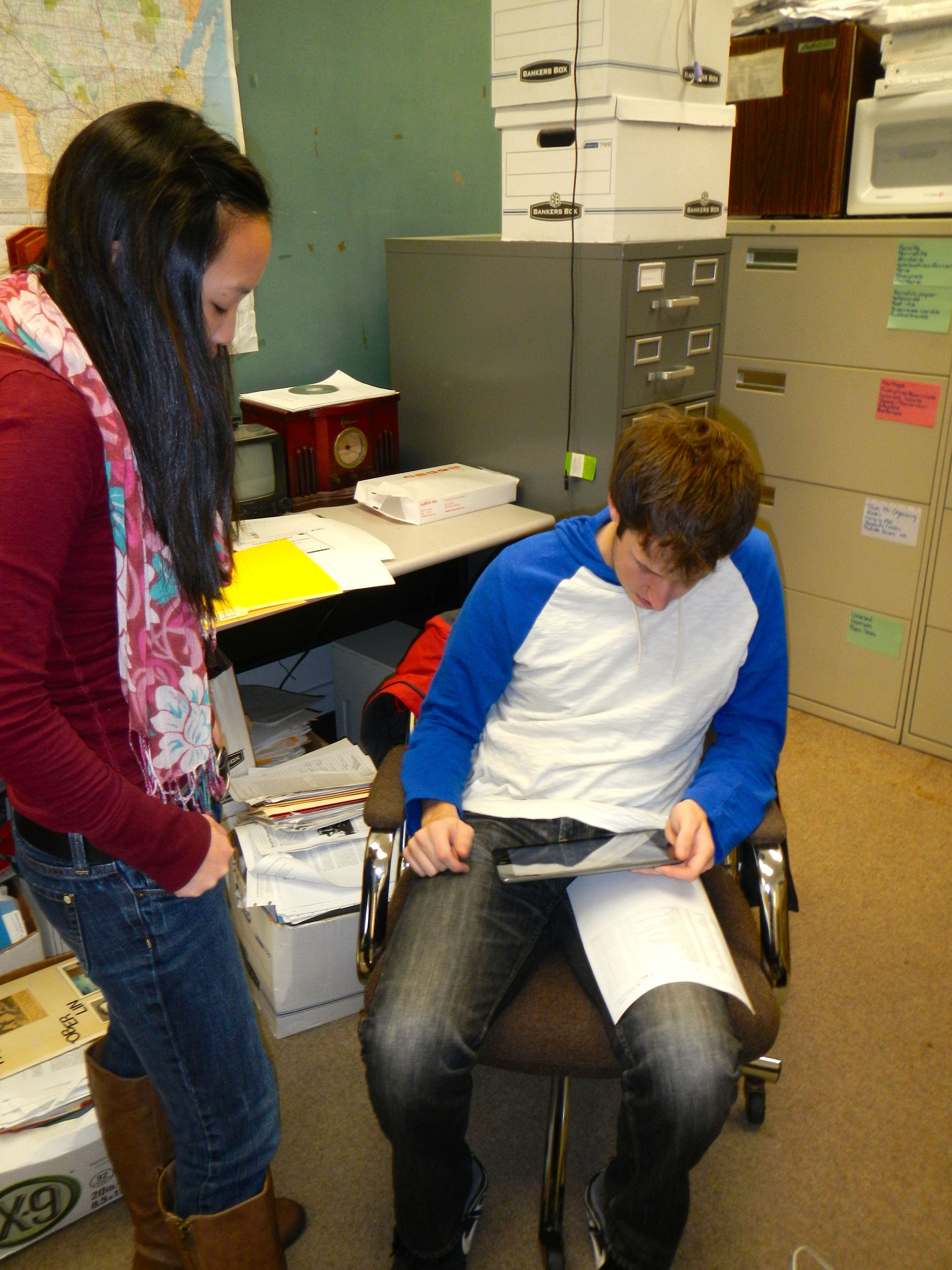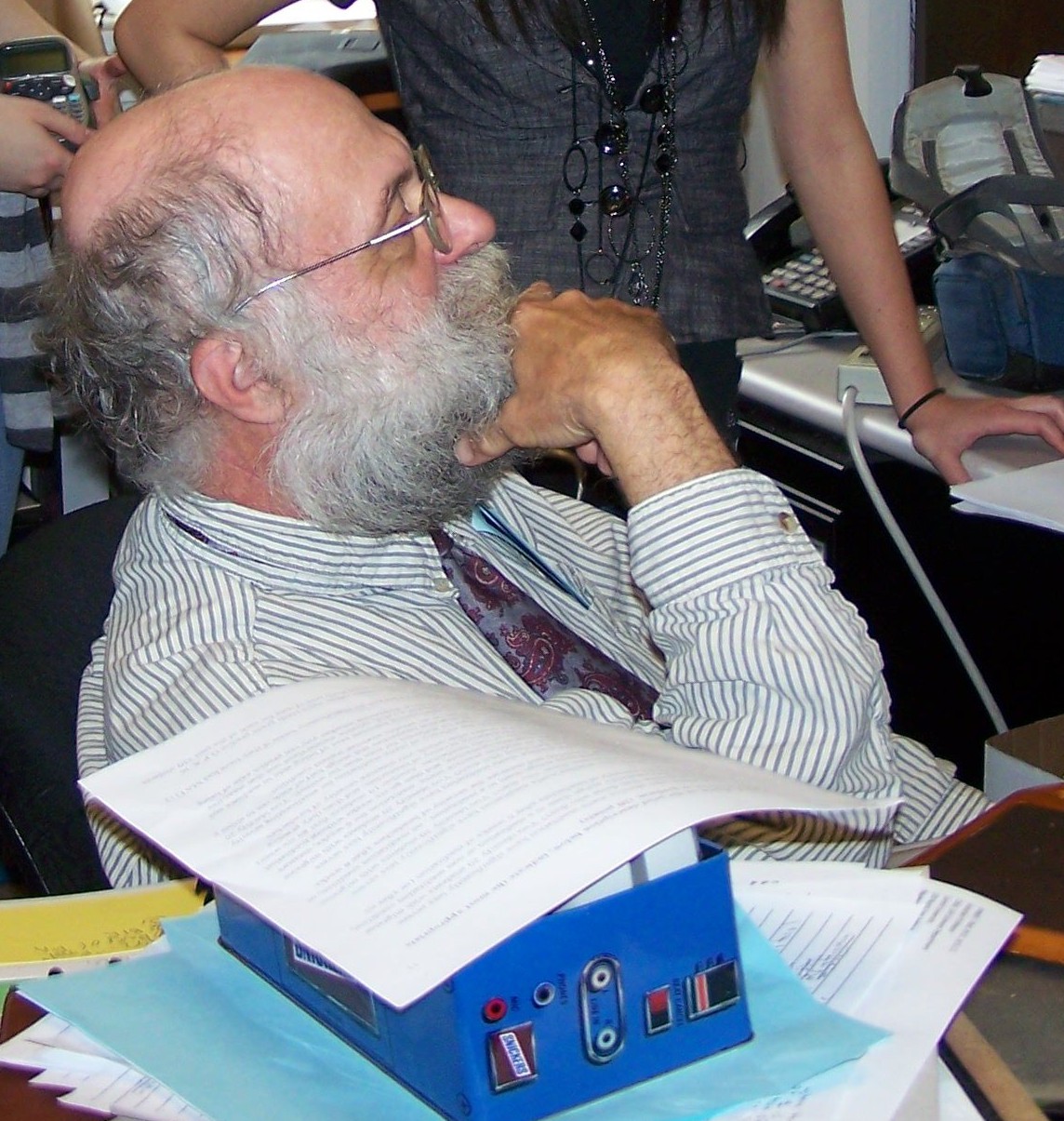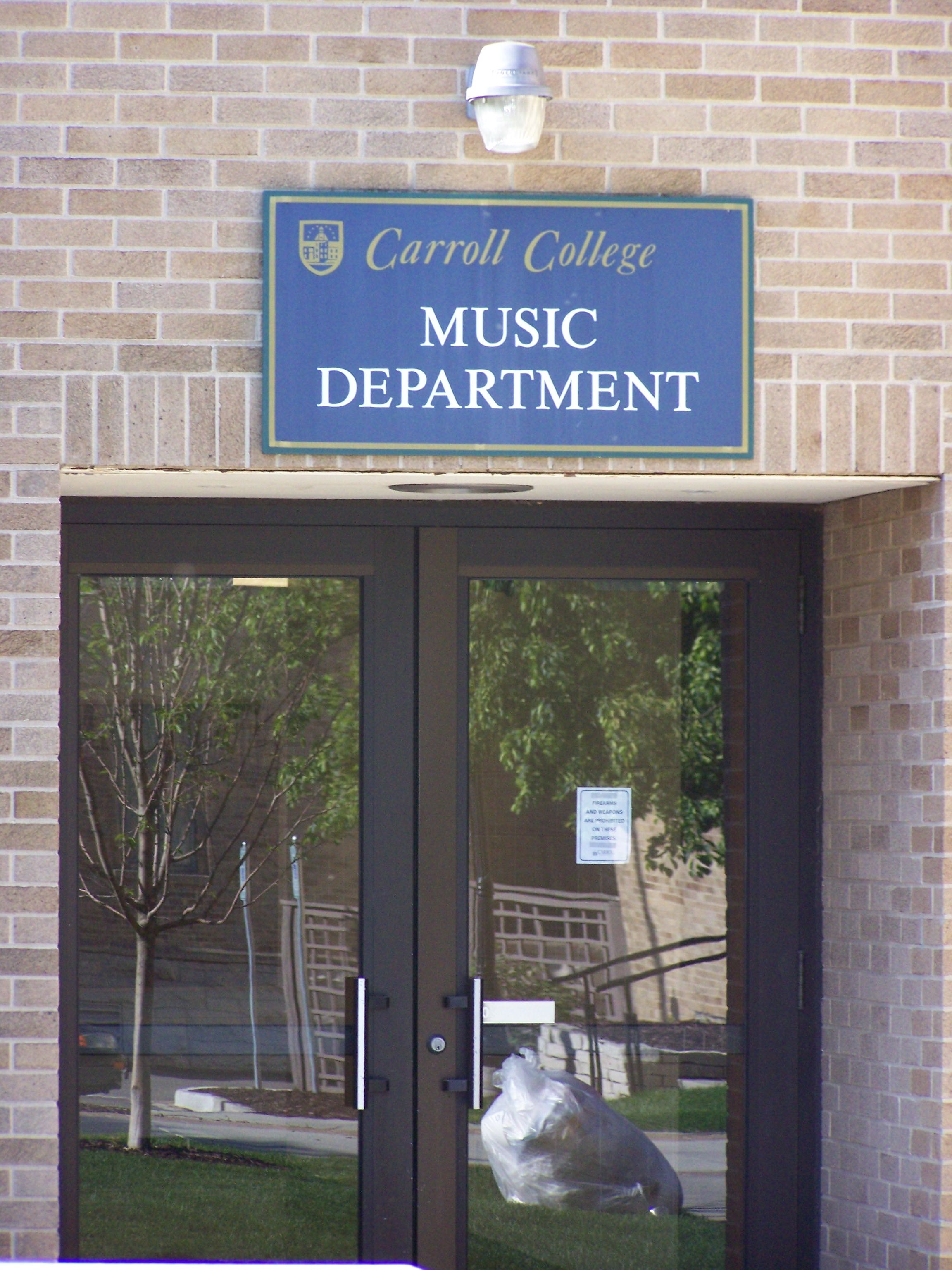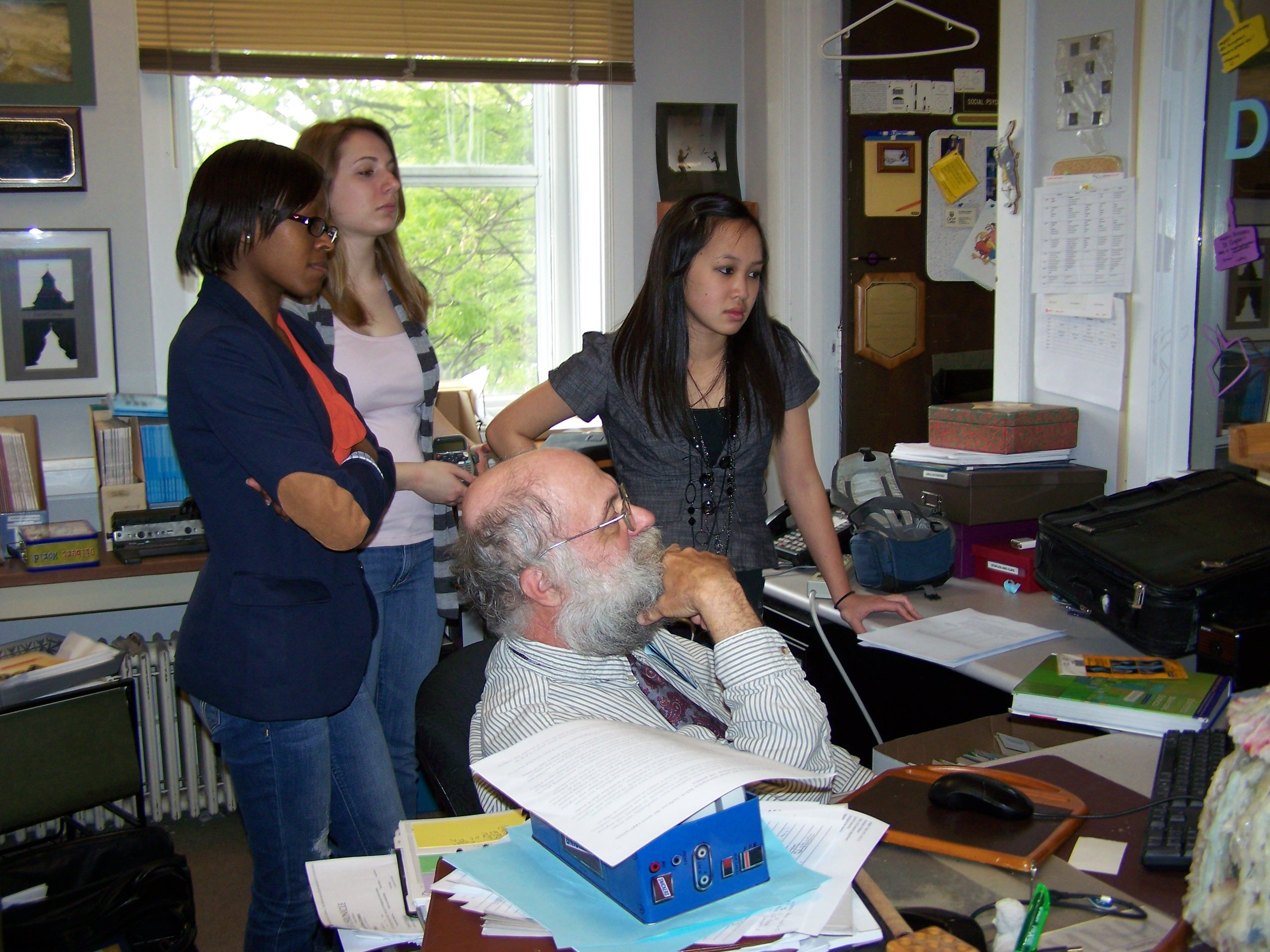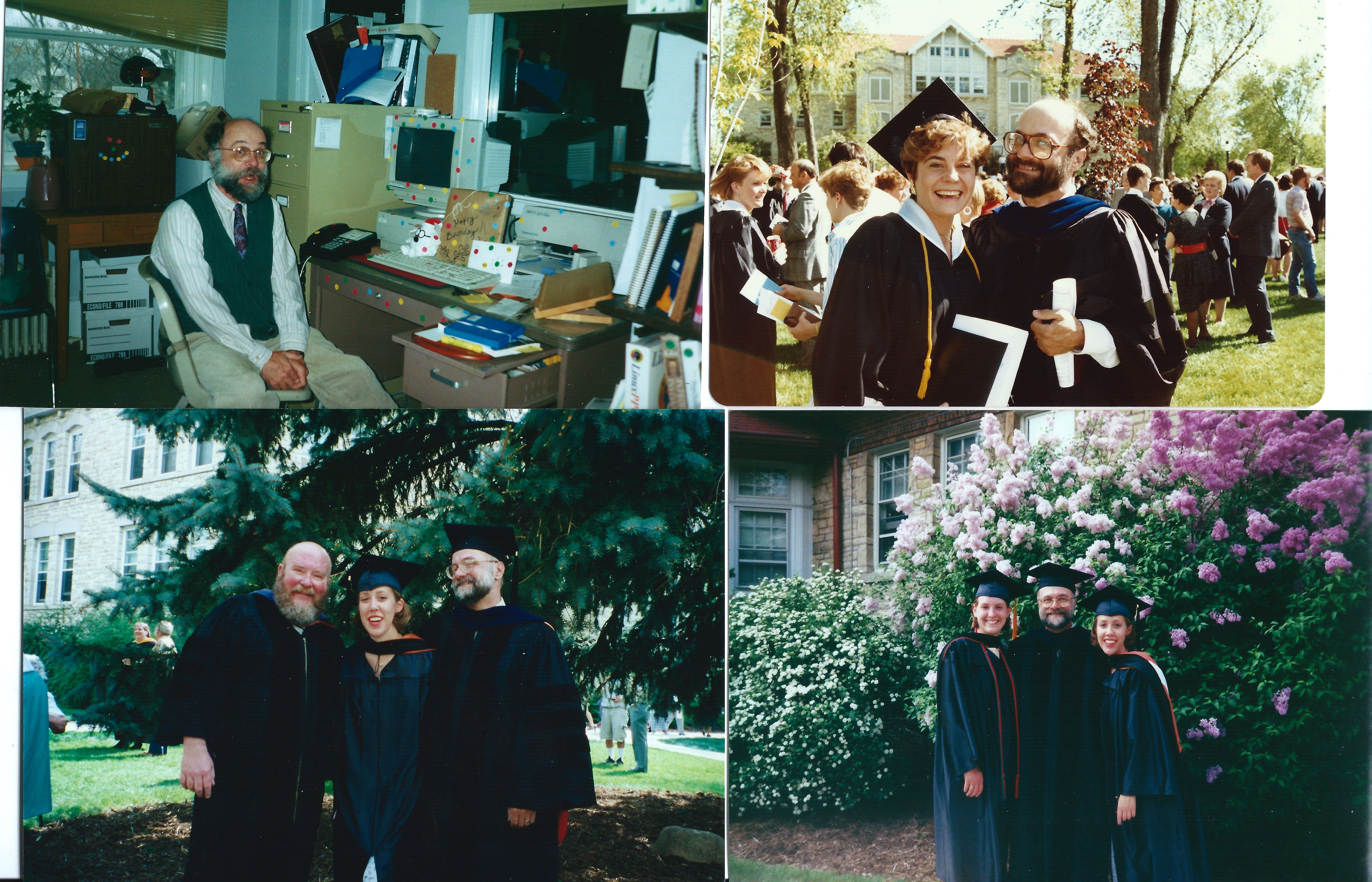
Caveat Lector: This blog piece is laden with hypertext links that lead you to additional thoughts I have about these learning tools!
With the deadline for responding to Jane Hart’s annual list of top learning tools imminent, here are my present thoughts on my top technology learning tools:
Reading: I need tools that increases the likelihood of my being able to stay abreast of current events and aware of current research findings that I then can incorporate into my classes in an ongoing basis. Driving to school today while listening to NPR I was alerted to some research dealing with “nudging” individuals to buy more healthy foods by partitioning grocery carts. When my commute was temporarily blocked by a Waukesha train, I took the time to dictate into my cell phone that I should incorporate “nudging research” into my experimental social psychology class. I later added that particular NPR stream to my RSS reader/aggregator. Though I have tried Feedly, I am presently using Inoreader.
I do a lot of online reading, (though I am convinced by Naomi Baron that the printed book has a bright future– Lego Ergo Sum) heeding and feeding my need to learn from Twitter (where I tend to follow a selective list of individuals who share or enlarge my interests), Facebook (where I maintain relationships with former students), and LinkedIn (which has some interesting capabilities for also keeping in touch with alumnae, Board of Trustees, and professional contacts).
Writing: I enjoy writing, and have investigated all of the writing tools on Jane’s list. I also have far-too-many writing (and other) apps on my far-too-many computers which I use across the day. My favorite journaling app of the moment is Day One. Its simplicity (and beauty) intrigues me and it motivates (nags) me to write. Of the six blogging pieces of software I have investigated I continue to use WordPress . It continues to teach me, and it gives me access to a number of individuals who write better than I. It is important to me that I learn from them. As I continue to try and reach out to non-English speaking audiences I am always looking for good language translation software that improves upon Google Translate.
Arithmetic: Among the courses I teach is “Statistics and Experimental Design.” I am also a partner of a consulting firm with Gregory K. Schneider and Jane Schneider. For data analysis purposes I use (and teach) SPSS, the Statistical Package for the Social Sciences though I follow very closely the possibility of switching to something (which is as all encompassing but more user-friendly and which is open source) such as JASP. For conducting surveys I teach and use SurveyMonkey.
Testing/ Quizzing: I continue to search for the ideal Testing/Quizzing tool. Though I have examined ProProfs Quizmaker and Quizlet, I still find of most value a much outdated but still reliably serving my needs software StarQuiz.
Screen Casting: Of the many screen casting tools I have explored, I keep coming back to using Screenflow though I am determined to give Camtasia (both Mac and PC versions) a thorough examination this academic year. I’ve been able to use such software to incorporate into my Statistics classes supplemental tutorials on the use of SPSS. I prefer using Vimeo to YouTube as an outlet for my video productions.
Other Tools on my shortlist for mastering this academic year are Evernote, Imovie, and either Scoopit or Paperli.
What tools do you use to augment your teaching capabilities? What evidence do you have of their success—-or failure?
I welcome your thoughts.

